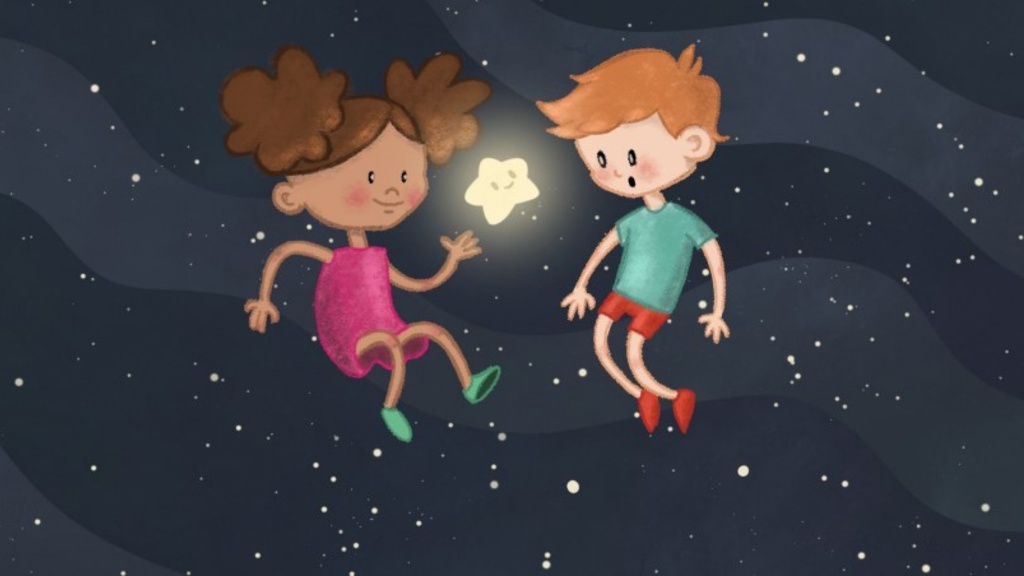Main navigation
Recent undergraduate research news
Students Named ISGC Undergraduate Research Scholars
Wednesday, October 15, 2025
Four University of Iowa students have been named Iowa Space Grant Consortium (ISGC) Undergraduate Research Scholars for the 2025-2026 academic year. Eight outstanding undergraduate students across the state were awarded this honor to pursue STEM research projects that align with NASA’s mission.

SPS Students Awarded 2020 Marsh W. White Grant Write Innovative Children's Astronomy Book, Scoops of Starlight
Thursday, June 26, 2025
With support from the American Institute of Physics, SPS students transform outreach into impact by crafting a creative, science-rich children's book that brings the wonders of astronomy to young readers.
Students Present Posters at 2025 Spring Undergraduate Research Festival
Thursday, May 1, 2025
Three Physics and Astronomy students presented posters at the Spring Undergraduate Research Festival (SURF) on April 3 at the University Capitol Centre.

Meet Arissa Khan: Undergraduate Student Researcher
Monday, April 28, 2025
In this story from the College of Liberal Arts and Sciences, Arissa Khan tells about her work as an undergraduate student researcher on the Observing Cusp High-altitude Reconnection and Electrodynamics (OCHRE) Mission.
Hammer, Kaufman Win Acevedo Poster Contest
Wednesday, March 5, 2025
The Department of Physics and Astronomy hosted the second annual Acevedo Poster Contest March 4, giving participating students a chance to show how they used computing resources, tools, or techniques in their research.